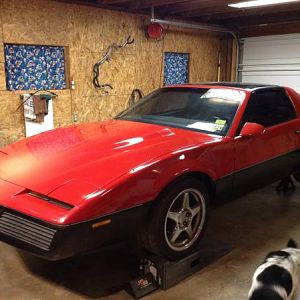Conundrum2006
Full Access Member
Yeah the cats are part of the exhaust assembly, nothing I see to disconnect them so they could come out with the motor. I'd rather pull them with the motor but the way Jeep built the commander (and probably everything else of the same years) they assemble the engine transmission on subframes then lift them up to the body.
Everything is very difficult to get at, to get the intake off the drivers side engine mount bolt has to be pulled and the engine lowered on that side, if the passengers side were lowered it'd crush transmission lines.
I think the engine is ready to pull, all the bolts are out, passengers manifold is unbolted from the engine, drivers manifold is unbolted at the pipe, and harness is disconnected.I think it is ready but...
Everything is very difficult to get at, to get the intake off the drivers side engine mount bolt has to be pulled and the engine lowered on that side, if the passengers side were lowered it'd crush transmission lines.
I think the engine is ready to pull, all the bolts are out, passengers manifold is unbolted from the engine, drivers manifold is unbolted at the pipe, and harness is disconnected.I think it is ready but...










